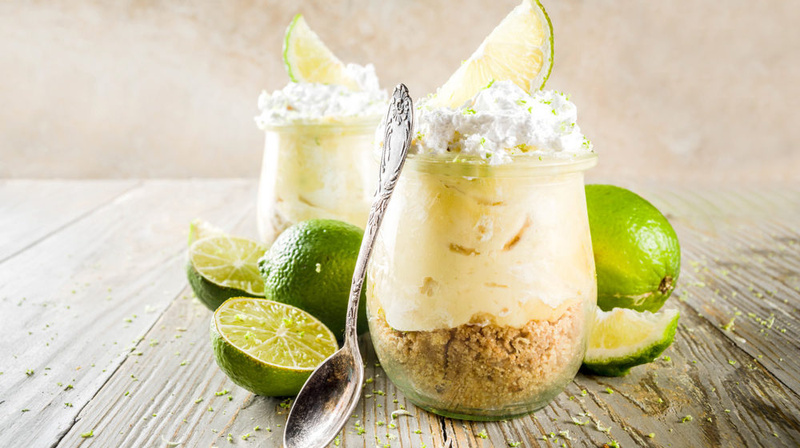
It’s Florida—Plant a Citrus Tree!
Florida is prime real estate for growing citrus trees. From oranges to grapefruit to limes, there is a fruit for everyone. Choose one or more varieties and start growing your own citrus for eating, juicing, and cooking.
Florida’s climate has enabled it to become the second-largest producer of citrus worldwide, and half the orange juice consumed in the U.S. comes from Florida-grown fruit. So, it’s no surprise that we are surrounded by citrus groves. The question is, do you have your own citrus tree?
Citrus Varieties
You might be wondering what there is to grow. Florida is home to a wide array of citrus fruits: oranges, grapefruit, tangerines, tangelos, limes, lemons, and more. Orange varieties include Hamlin, Ambersweet, Valencia, Pineapple, and Navel. Grapefruit varieties include Ruby Red, Thompson, Duncan, Marsh, and Flame, among others.
Whatever your taste in citrus, there’s a fruit for you!
What’s Your Goal?
An important consideration in choosing a fruit or variety is your intended use for it. Of course, this doesn’t mean you can’t eat a variety that is best for juicing or juice a variety best for eating. But knowing its primary use ahead of time will maximize your enjoyment and give you something specific to look forward to!
For Eating
Those who want to enjoy a fresh fruit with breakfast or as a vitamin-packed snack should choose a variety best suited for that purpose. It should peel relatively easily, section off without getting crushed, and contain few seeds. For rich fragrance and flavor that enhance the eating experience, consider the Temple orange.
For Juicing
If robust citrus juice is your end goal, flavor, color, and aroma will be more important than peelability. Also think about the amount of juice produced per fruit, which differs across varieties. Valencia oranges or Marsh White grapefruit are solid choices for abundant juice yield. Either one will supply juice that’s perfect on its own or as a mixed drink ingredient.
For Making Key Lime Pies
Okay, you got us here—Key Lime pies require Key limes. The point is, knowing how you’ll put your citrus to use is a critical part of choosing the right fruit.
Rotating Seasonal Varieties
To further maximize the amount of time per year that you’re able to enjoy homegrown citrus, plant several varieties according to a fruit season calendar. A good calendar will show you which citrus types can be harvested when.
For example, Navel oranges are ready for harvesting from September through January, Temple oranges are ripe January through March, and Valencia oranges can be picked from January until June. Growing all three means having fresh fruit to enjoy from September through June. Each fruit’s different uses will provide variety when you eat some, juice others, and cook with still others.
A related point—if you add trees over time, keep track of each plant’s age; its needs will change as its grows. Caring for a young and old tree with the same protocols can be detrimental to their health and impact their fruit production.
There are many benefits to planting your own citrus. Enjoy them all, including the simple delight of watching them grow and bear fruit.